A detailed answer to the question: what is better an iron or a steamer - the pros and cons of each type of equipment, care and maintenance
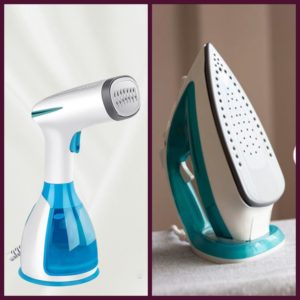 Everyone wants to look neat and keep the house in order.When caring for wardrobe items, linen and other home textiles, ironing is indispensable.
Everyone wants to look neat and keep the house in order.When caring for wardrobe items, linen and other home textiles, ironing is indispensable.
You can iron things with an iron or a steamer.
We will understand the device and the principles of operation of these devices, study their pros and cons and find out which one is more effective for solving everyday household tasks and professional use.
Content
The device and principles of operation of ironing equipment
To better understand the functionality of the iron and steamer, you should first study their device in order to understand how they work.
The device and principle of operation of the iron
The device of the iron is determined by its model: from the simplest to the version with a steam generator and wireless devices. The ironing part of the iron is the sole, which in budget technology is made of steel or aluminum, and in more expensive irons it is coated with ceramic or Teflon. The soleplate of the iron has holes for steam.A tubular electric heater (TEN) passes inside the sole.
Heating is regulated by a thermostat that turns off heating when the set temperature is reached, resuming it when the soleplate cools down. In wired models, power is supplied from the network through a wire connected to the contacts inside the iron.
There is also an on indicator and a water tank with a water nozzle outlet for steam and water spray. The body is made of transparent plastic to visually control the water level in the tank. And the handle is equipped with a rubberized insert to prevent slipping.
The work of the iron is carried out as follows:
- after connecting to the network, the heating element heats up;
- the heating of the heating element is regulated by a thermostat, the plates of which change shape at a certain temperature and open the circuit, stopping the current supply;
- when the thermostat plates cool down, they return to their previous shape, the circuit closes again, and the current supply resumes;
- the cycle is repeated throughout the entire ironing time;
- if there is a water tank in the iron model, you can press the steam supply release valve so that the water from the tank passes along the heating element and heats up to vaporization;
- after which, for a better ironing quality, steam under low pressure is supplied through the holes in the soleplate and the outlet of the steam nozzle.
 The device and principle of operation of the steamer
The device and principle of operation of the steamer
Steamers are floor, vertical and manual. Classic models have a boiler water tank with an electric heater. There is a built-in thermostat to protect against overheating. Power is supplied from the mains.
The tank is placed in a housing on which there are indicators and power regulators or a control panel. From the tank, steam from boiled water enters the steam hose and iron. The iron can be made of plastic, metal or ceramic.
Clothes are placed on hangers, which are located on a telescopic, height-adjustable rack. The rack is built into the body of the steamer.
Some models are equipped with an iron heater to prevent condensation from dripping out. The kit may also include additional items: a thermal mitt, clips, brushes for clothes, etc.
Here's how vaporizers work:
- after power is supplied, the water in the boiler is heated by the heating element and boils;
- in gravity models, steam from boiling water is continuously supplied through a steam hose (or without a hose, directly in manual models) into the iron under low pressure;
- in devices operating at high pressure, steam accumulates in the tank, the pressure rises, and steam is supplied to the iron in portions under high pressure;
- The thermostat protects the device from overheating by stopping the glow of the heater when a certain temperature is reached.
 Pros and cons of each type of technology
Pros and cons of each type of technology
Every technique has strengths and weaknesses. For example, it will be difficult for a steamer to cope with bed linen made of dense fabrics, and an iron will smooth it out without problems. And vice versa, you can easily clean up the curtains with a steamer without even removing them from the curtains, and you will have to work hard with the iron. We will understand all the pros and cons of ironing equipment.
| device | Iron | Hand steamer | Floor standing and vertical steamer |
| pros |
|
|
|
| Minuses |
|
|
|
Where is the best vertical steaming
In terms of vertical steaming capabilities, the iron loses even to a simple manual steamer. There are several reasons.
- Convenience. When the tank is filled with vertical steaming, it is difficult and uncomfortable to hold the iron in your hand for a long time, and the iron of a classic steamer or a small hand-held model fits easily in your hand. They are easier to maneuver.
- The presence of a rack. Floor and vertical steamers are equipped with a built-in rack with hangers for clothes, so you do not need to look for a hanger and additional space for steaming.
- Continuous steam function. Such an opportunity is provided in almost all steamers: you do not need to press anything extra, the steam comes out constantly. And when steaming with an iron, you will have to press the steam button every time, and wait until it warms up again to the desired temperature.
- Various steam rates. The higher it is, the more effective ironing.
 Useful Features
Useful Features
In addition to the main function of steaming and ironing things, modern ironing equipment has a number of other useful functions.
Continuous steam function
This feature is provided in almost all models of steamers. And in irons, continuous steam supply is rare: here, the usual option is to press the button, when the steam is ejected in portions.
Processing things with a constant flow of steam significantly saves effort in the process of work and improves the quality of ironing. Constant steam evenly smooths out all wrinkles, simultaneously removing unpleasant odors from fabrics and disinfecting things.
splashing water
Here, irons have an advantage: almost all, even the simplest of them, are now equipped with a nozzle for treating fabrics with water sprays. This is especially useful when ironing bed linen, helping to speed up the process and smooth out wrinkles better. As for steamers, most of them do not provide such functionality. The exception is rare manual models.
steam boost
This mode allows irons or steamers to deliver a powerful jet of high-pressure steam. This makes ironing faster and better. Devices with this function cope even with heavily wrinkled things.
 Wireless capability
Wireless capability
Now there are more and more irons with a wireless function. They work on the principle of recharging from a docking station connected to the network, which is placed on a board or other surface. For recharging, the time at which the thing is placed and turned over on the board is used. User opinions are different: someone considers such irons very convenient, while someone has the opposite impression.
But you can hardly find a wireless vertical or floor steamer. With their high power, such equipment will not be able to fully work in portable mode. Therefore, there are only hand-held wireless steamers, the low power of which allows them to work autonomously for some time. Cordless irons and steamers are much more expensive than wired appliances.
Auto power off and remote control
Such functions are available in some models of irons. The auto-off switch turns off the iron during idle periods, protecting it from overheating. And the possibility of remote control with synchronization with a smartphone allows you not to think about the forgotten iron, but to turn it off remotely, without being at home.
Dry ironing function
There are only irons. This can be useful when processing particularly delicate items, when steam exposure to the fabric is undesirable. The principle of operation of steamers inherently eliminates the possibility of dry ironing.
Scale protection
Not available in all models of irons and steamers. Often implemented with anti-limestone plates or rods built into the tank or boiler. Anti-calc devices usually cost a little more.
 Ironing quality
Ironing quality
The quality of ironing will be determined by several parameters:
- Power;
- Steam supply rate;
- Steam boost function.
By power, irons and steamers are usually divided into 3 categories: low-power (up to 1500 W), medium-power devices (from 1600 to 2000 W) and high-power devices with indicators over 2000 W.
In terms of steam supply, steamers certainly win. The same applies to the steam boost function.
Even if an iron has this function, its steam boost is always weaker than that of steamers. In a steam boost, such a parameter as the maximum steam supply pressure is important. Indicators can be in the range of 1-6 bar.
As practice shows, for domestic needs, a pressure of 3 bar is enough.
 Choice according to needs
Choice according to needs
Irons and steamers cope with different everyday tasks in different ways. Let's consider for what cases which device is best suited.
Ironing curtains
Curtains can be put in order with the help of any ironing technique. However, ironing curtains with an iron will cause a lot of trouble: they will have to be removed, ironed with effort, then hung up again.
And with the help of a steamer, you can smooth out the curtains without removing them from the curtains. In addition, the iron can damage delicate and tulle curtains, while the steamer is gentle on delicate fabrics and leaves no residue.
outerwear care
When caring for outerwear, the steamer is simply indispensable: in addition to smoothing the fabric, during steaming, the outer clothing is disinfected and unpleasant odors are removed.
Yes, and some elements of the upper wardrobe are simply impossible to iron: fur things cannot be ironed, and jackets and coats can begin to shine after ironing.
Furniture processing
You can take care of upholstered furniture with the help of classic or manual steaming. It refreshes the appearance of the furniture, removes small dirt, disinfects it. Also, there is a rise in the villi and smoothing of the rumpled parts of covers and upholstery.
Caring for children's clothes
Both ironing household appliances will show themselves well here. Much depends on the volume of clothes to be ironed: in a large family, where there are many children, it will be easier to use a steamer, and with a small number of things, an iron will do. But keep in mind that steam disinfects better than dry ironing.
 Ironing bedding
Ironing bedding
An iron is ideal for ironing bed linen made of dense natural fabrics. Only he can smooth out wrinkles on dense fabrics in a horizontal position. After all, bed linen cannot be steamed vertically, and many steaming devices can only work in such a vertical mode.
Ironing shirts and trousers
For ironing uniform elements, collars and cuffs of shirts, an iron is simply indispensable. Also, without it, it will not be possible to make neat arrows on the trousers. Some steamers come with arrow clips, but it still won’t work to make clear arrows with them - the maximum will be able to refresh the arrows made with an iron.
Caring for delicate fabrics with decorative elements
Things made of synthetics and delicate fibers with an abundance of rhinestones, jewelry and other decorative elements are difficult, and sometimes impossible, to iron with an iron. Therefore, only a steamer is suitable for such tasks.
 Professional use
Professional use
In the professional field, both irons and steamers are needed: it all depends on the specific tasks and volumes of work.
Steamers are used in clothing stores, markets, ateliers, and curtain stores to quickly put things in order. They are also in demand in hospitals for steam disinfection. Furniture stores, dry cleaners and cleaning companies connect additional nozzles and use them as steam engines.
In professional use, powerful devices are used, manual ones are usually not used.
And irons are mainly needed in sewing workshops, in the atelier when ironing arrows, cuffs, collars and other uniform parts. Even without irons, you can’t do laundry, where you have to iron large volumes of bed linen.
Increasingly, professionals are acquiring 2 in 1 equipment: steam stations that combine a steamer and an iron.
 Dimensions and storage
Dimensions and storage
In terms of compactness, irons and hand-held steamers outperform classic floor-standing or vertical steamers. They need very little space, which will help out in a situation where free space is in short supply. But keep in mind that the iron needs an ironing board, which will also have to be stored somewhere.
Powerful steamers with a large tank and stand need quite a lot of space, therefore, it is advisable to decide on the place of their storage even before buying.
 Cleaning and maintenance
Cleaning and maintenance
Ironing equipment needs to be cleaned of scale and dirt from time to time. To clean the soles of irons, special products, pastes or pencils are sold: with their help, it is very easy to remove lime and dirt. It is more difficult to descale the water tank and heating element, but special descale products have been developed for this.
In the case of steamers, limescale accumulates in the boiler, so it also needs to be descaled with special equipment every 3-4 months. To reduce the formation of scale, you should pour distilled or at least filtered water into the container of steamers and irons.
You also need to drain the water from the tanks after use, and not store it until the next time, especially when there are long intervals between ironing.. This will prevent the formation of scale and dirt on the walls of the tank.
For service maintenance and complex cleaning of the heating elements of ironing equipment, it is necessary to contact professionals at service centers. You should not carry out such actions on your own: this can lead to equipment breakdown.
Useful video
The video will tell you what to choose - an iron or a steamer:



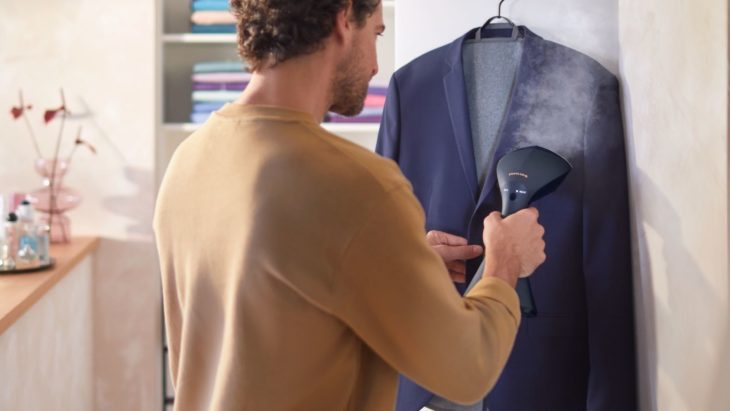 The device and principle of operation of the steamer
The device and principle of operation of the steamer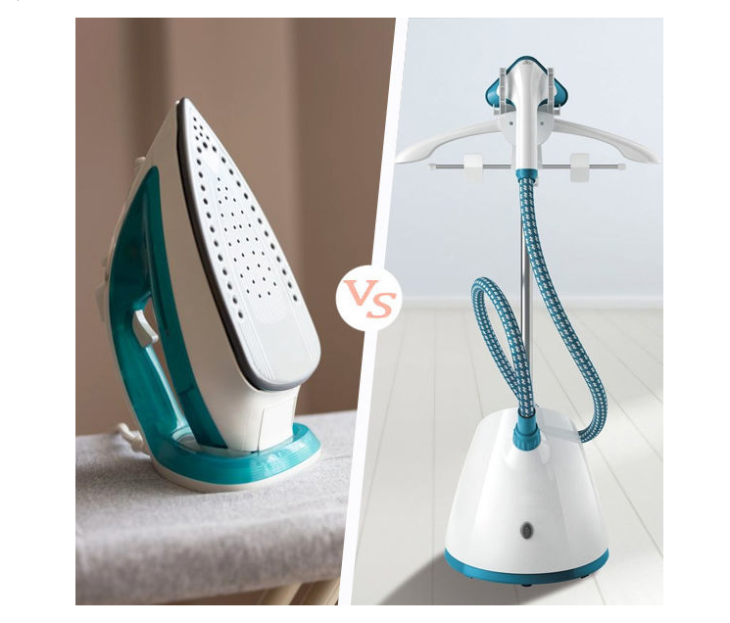 Pros and cons of each type of technology
Pros and cons of each type of technology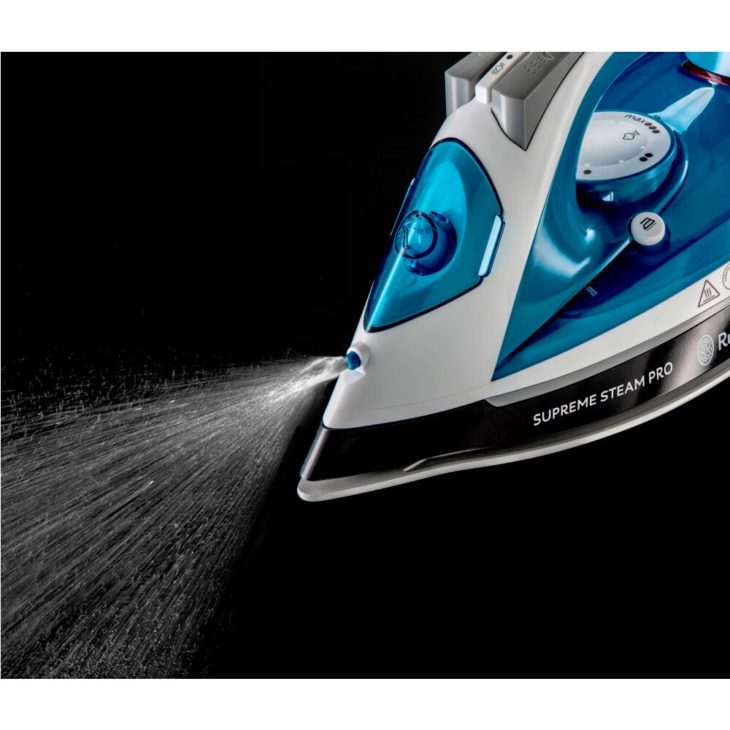 Useful Features
Useful Features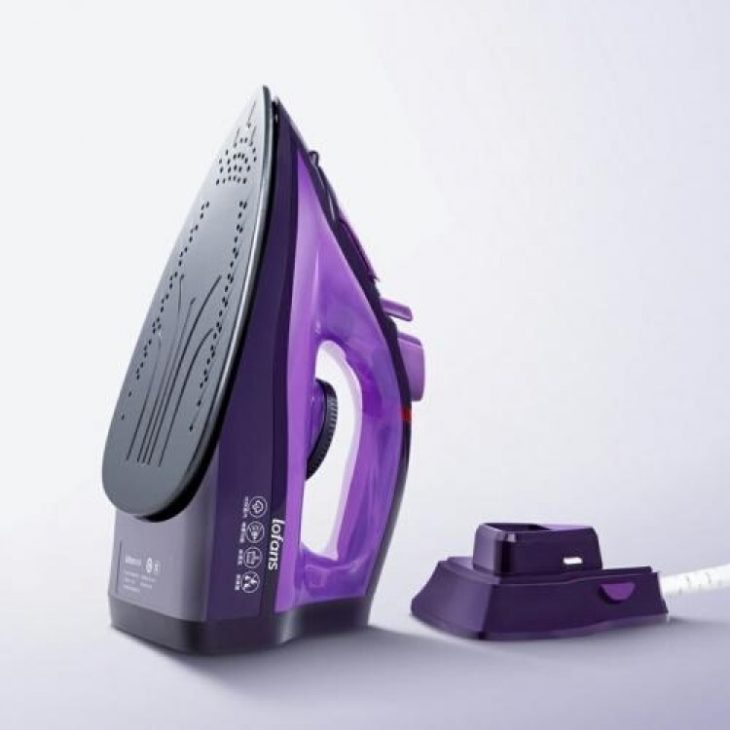 Wireless capability
Wireless capability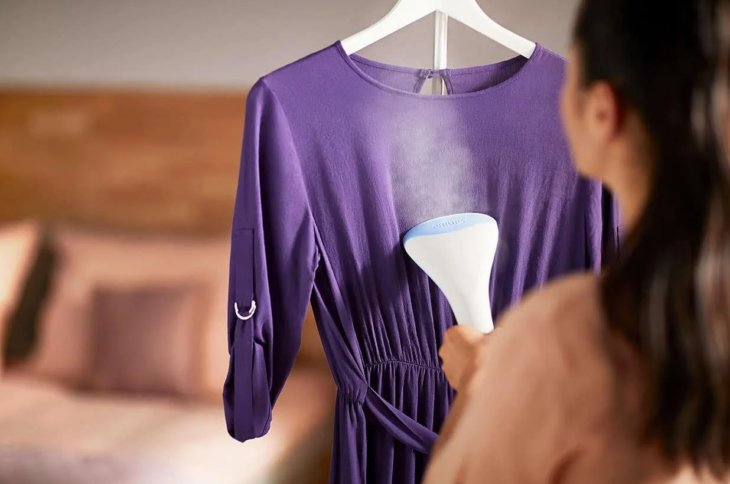 Ironing quality
Ironing quality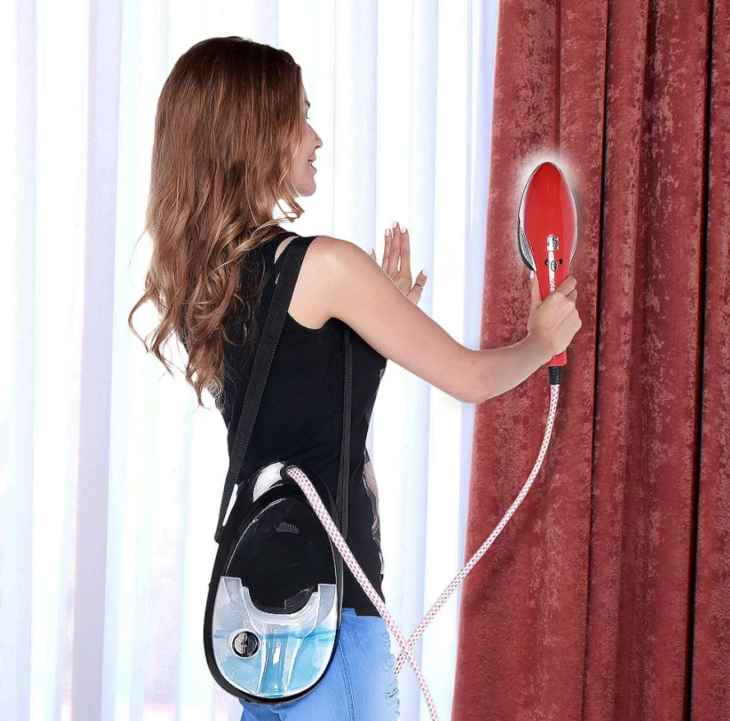 Choice according to needs
Choice according to needs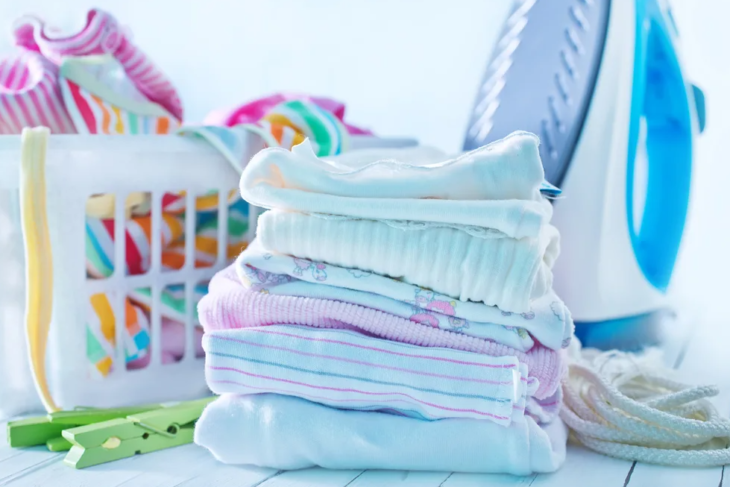 Ironing bedding
Ironing bedding Professional use
Professional use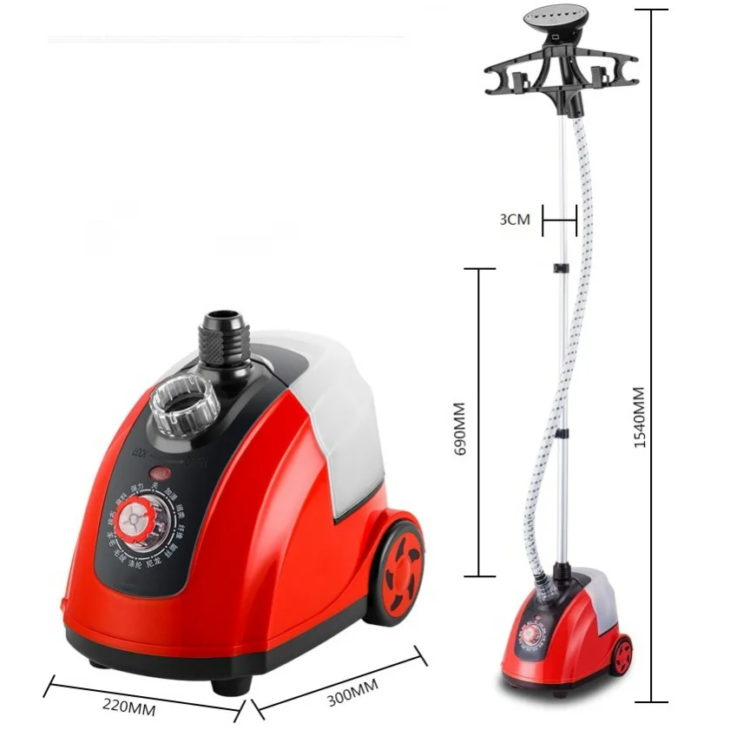 Dimensions and storage
Dimensions and storage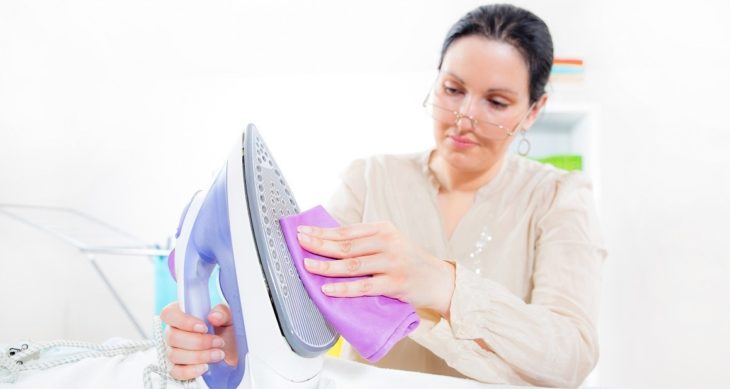 Cleaning and maintenance
Cleaning and maintenance